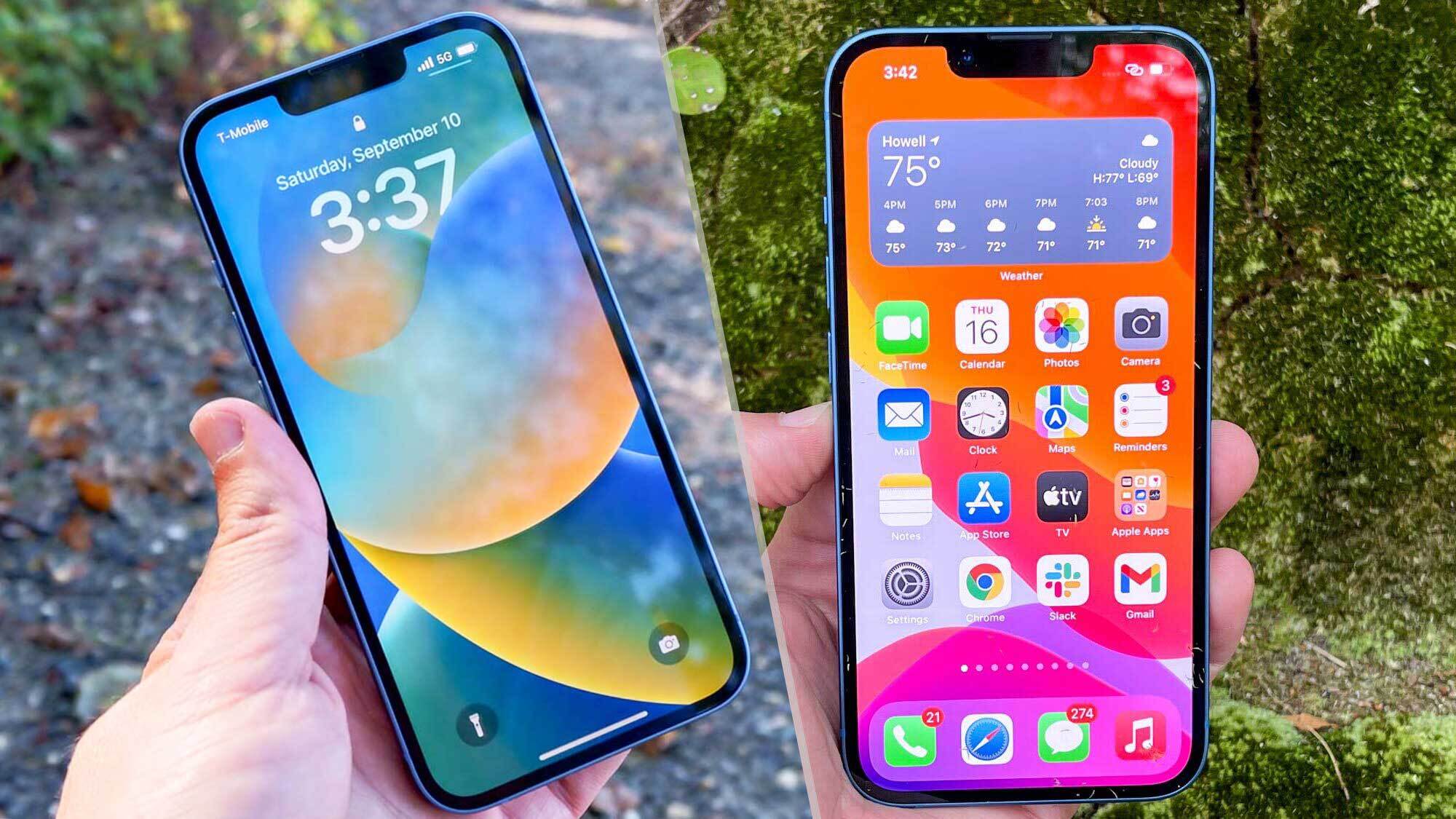
Apple's basic 2022 iPhone adds new camera abilities and tunes up the existing chipset, but is overall a small leap forward from the iPhone 13. It's certainly worth looking at if you're using an older iPhone model, but the iPhone 14 will leave you disappointed as an upgrade from its predecessor.
For
- Excellent cameras
- Vibrant display
- Fast A15 Bionic performance
- Impressive Action mode video
Against
- Still just 60Hz refresh rate
- No optical zoom
- Lack of SIM card slot will annoy some
Apple introduced a smaller Face ID notch, Cinematic video mode, and improved the iPhone's power and display quality with the iPhone 13 in 2021. But it still lacks a lot of premium features that similarly priced Android phones have, like a fast display refresh rate or a telephoto camera.
For
- Brighter display
- Great cameras
- Compelling Cinematic video mode
- Class-leading performance
- Very good battery life
Against
- Lacks 120Hz display
- Slower charging than rivals
- Cinematic mode capped at 1080p
Going for an iPhone 14 or iPhone 13 may still make sense in 2024, even now they're both a few years out of date. Even if they're not the shiniest and latest models, they're both still competent phones that could serve you well.
The iPhone 14 is a lot like the iPhone 13, but with a few interesting extras. The addition of a larger main camera, Emergency SOS via satellite and Crash Detection are appealing, but the iPhone 13, as the older and therefore cheaper model, may be a better value proposition for most users.
You may want to check out the newer iPhone 16 and iPhone 15 models before making a buying decision, as these models add more features and power if you're willing to pay the extra. But if you're certain the iPhone 14 and iPhone 13 are your two finalists, let us take you through their key differences and similarities.
iPhone 14 vs. iPhone 13: Cheat sheet
- Design: The design of the iPhone 14 and iPhone 13 is nearly the same, though the iPhone 14 has no SIM card tray in the U.S.
- Price: Both of these phones started life at the same $799 price point, but should now be much easier to find for less. Apple no longer stocks the iPhone 13, but still sells new iPhone 14s as a budget option.
- Performance: Both the iPhone 14 and iPhone 13 use the A15 Bionic chipset, but the newer model has a 5-core GPU. The iPhone 13 has a quad-core GPU.
- Cameras: The iPhone 14 has 12MP main and ultrawide cameras, just like the iPhone 13, but Apple introduced the new Photonic Engine in the 14 series. This elevates lighting in photos to brighten images, especially in low light.
- Video: The iPhone 14 sports Action mode, which is video stabilization on steroids. It's ideal for situations where the subject or videographer are in constant motion.
- Battery life: Battery life on the iPhone 14 got worse, however, down to 9 hours, 28 minutes in our testing from the iPhone 13's 10 hours, 33 minutes. The iPhone 14 Plus fared much better at 11 hours, 57 minutes.
iPhone 14 vs. iPhone 13: Specs
iPhone 14 vs. iPhone 13: Price and availability
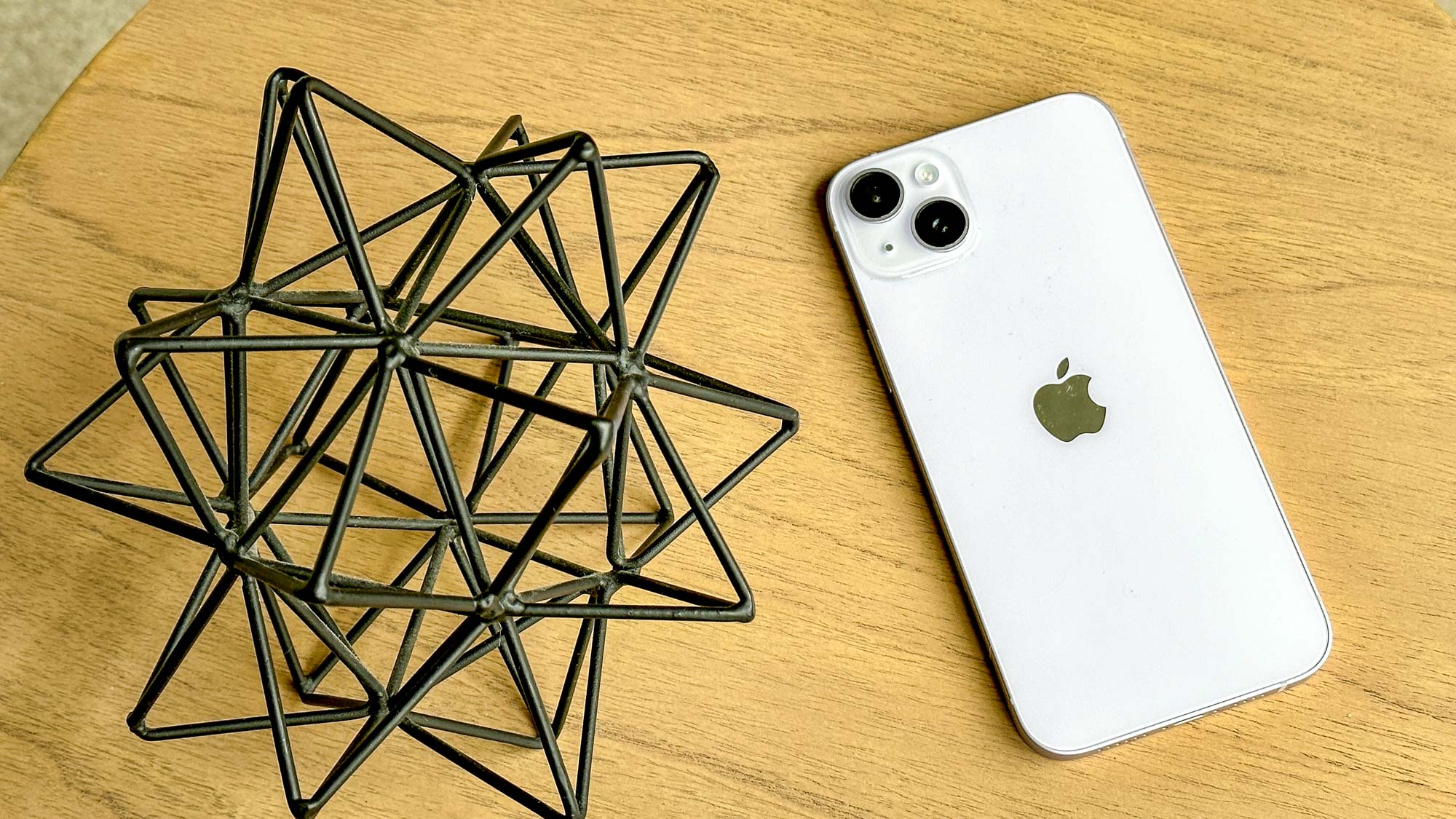
As of September 2024, Apple sells the iPhone 14 for $599, and the iPhone 14 Plus for $699. It no longer sells the iPhone 13 series, which also sold for $599 prior to the launch of the iPhone 16 series.
It's possible you'll find a new iPhone 13 for cheaper if you look at third-party retailers. However, with no limited available stock, these deals may be hard to find, and could quickly disappear as retailers empty their shelves of their last few units.
iPhone 14 vs. iPhone 13: Design
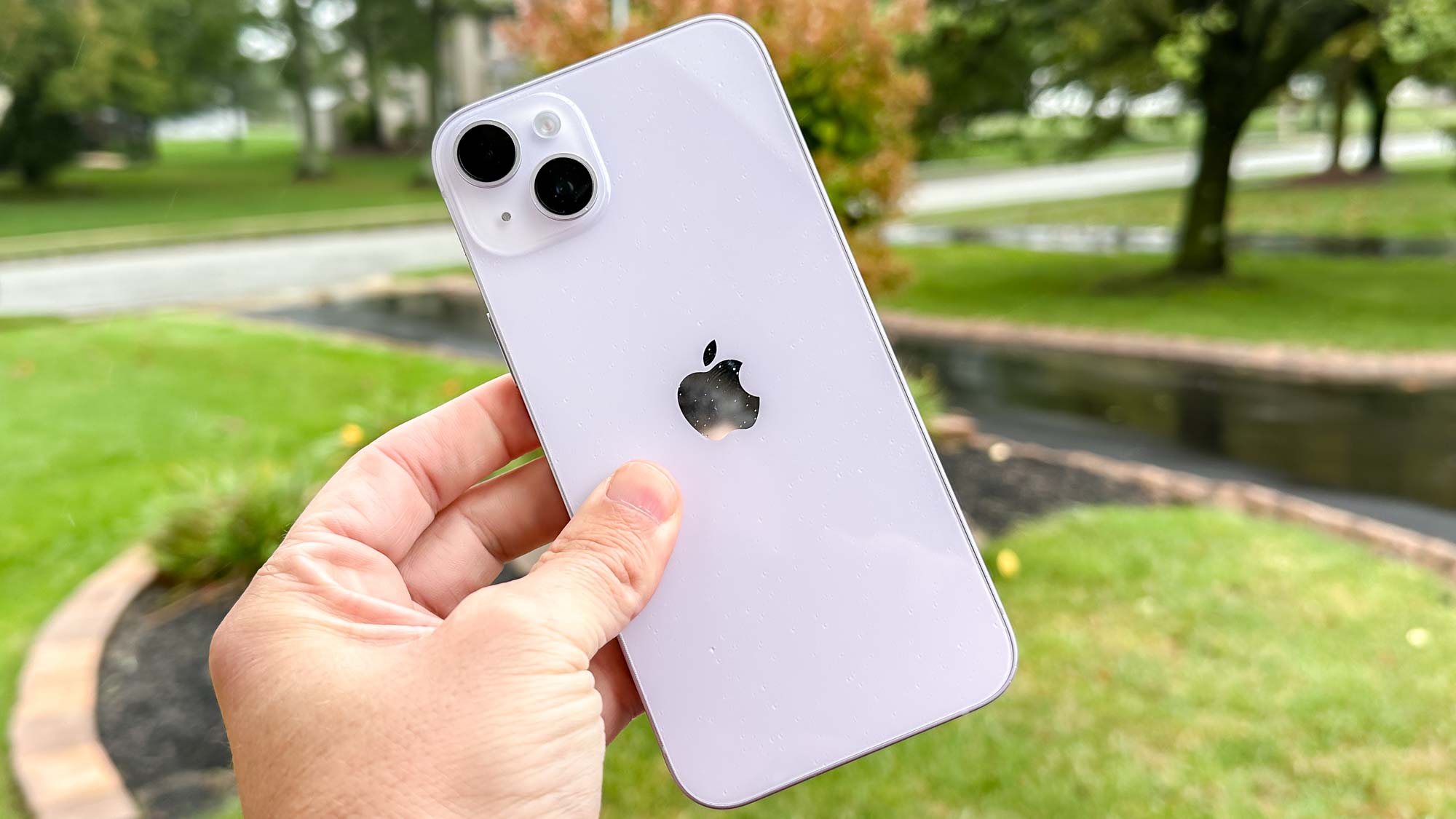
The iPhone 14 looks very similar to the iPhone 13. Both are made of glass and aluminum with glossy backs. Both come with notched displays too, with only the iPhone 14 Pro models getting a Dynamic Island to replace the cutout. At least the iPhone 14 has kept the iPhone 13's shrunken notch design for a slightly less obtrusive experience.
The iPhone 14 has a Ceramic Shield on the front glass for added durability, just like the previous model. Based on drop tests involving the iPhone 14 Plus, though, it sounds like the new models are still prone to damage from drops, so you'll want to get one of the best iPhone 14 cases or the best iPhone 14 Plus cases, just as the best iPhone 13 cases helped prevent damage to Apple's older phones.
The iPhone 13 changed the rear camera module layout from vertically stacked lenses to diagonally arranged ones on the back. iPhone 14 sticks with that approach.
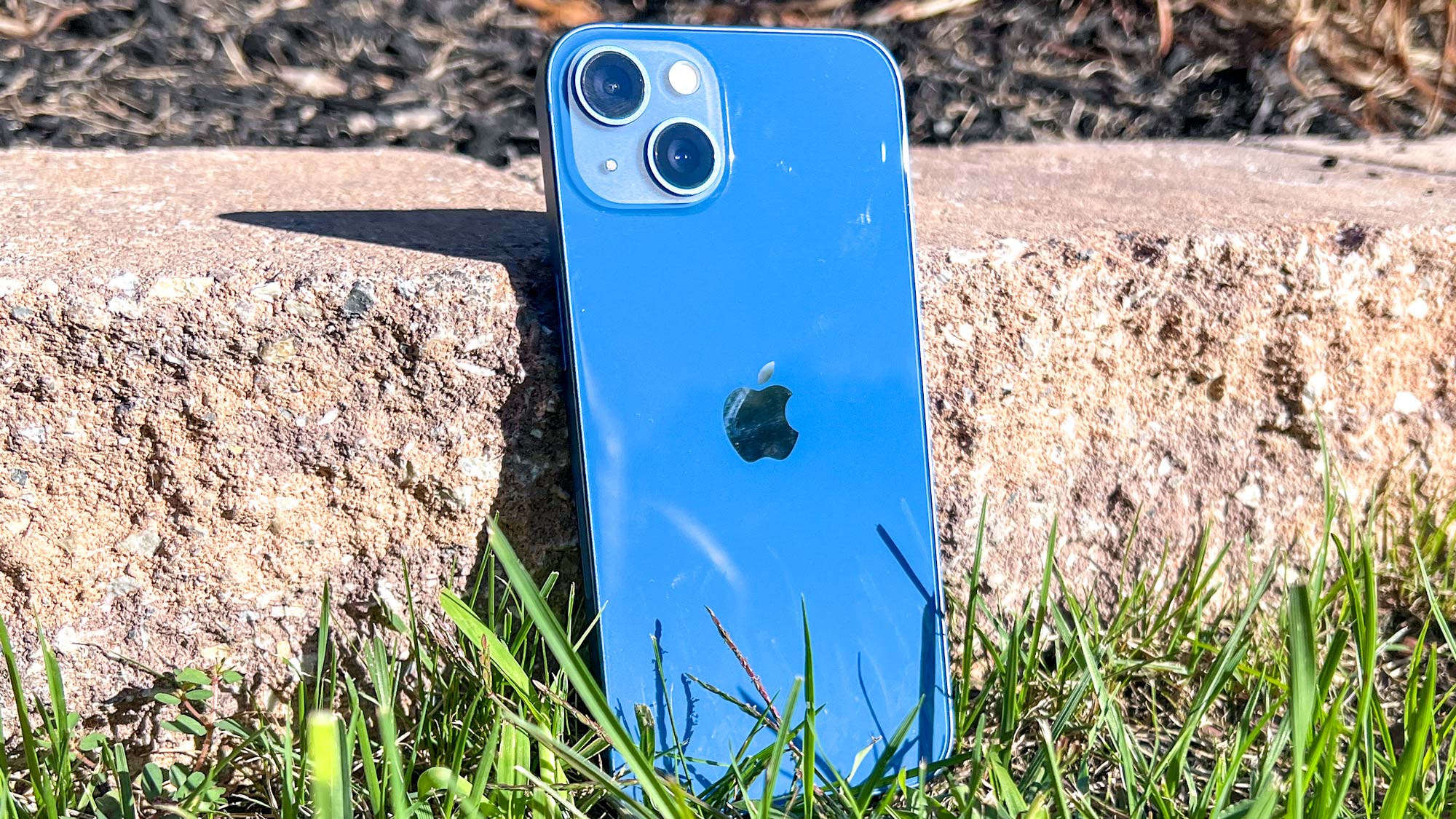
The iPhone 14 comes in six colors: Midnight, Starlight, Blue, Purple, and Red, plus more recently a new Yellow version. The iPhone 13 colors include Pink, Blue, Midnight, Starlight, Green and Red.
Apple has done away with the physical SIM tray on U.S. iPhone 14 models, which means that the iPhone 14 is an eSIM-only phone. So if you want a SIM card tray, the iPhone 13 might be a better choice for you.
iPhone 14 vs. iPhone 13: Display
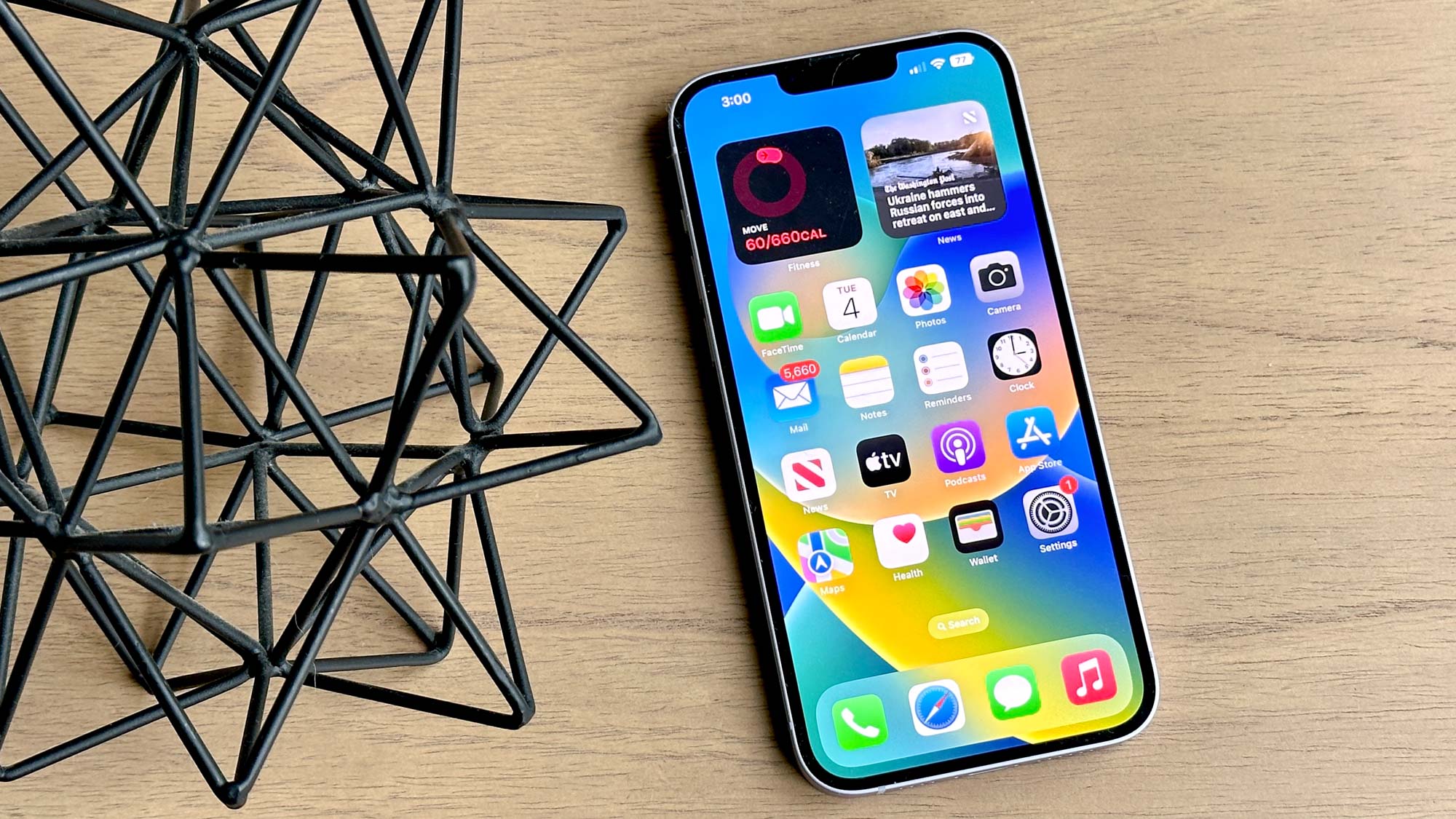
The iPhone 14 and iPhone 13 have practically identical 6.1-inch OLED displays, but our testing showed that the iPhone 14 does better on color gamut coverage, and slightly better with color accuracy. Oddly the iPhone 13 is the brighter of the two 6.1-inch phones, at least when going by the highest results we found in the lab.
The iPhone 14 lineup also gives you the option of going bigger if you want with the iPhone 14 Plus, which gives you more real estate with 6.7 inches, the same size as the iPhone 14 Pro Max. This panel fits more content on screen at once and is more immersive for watching videos.
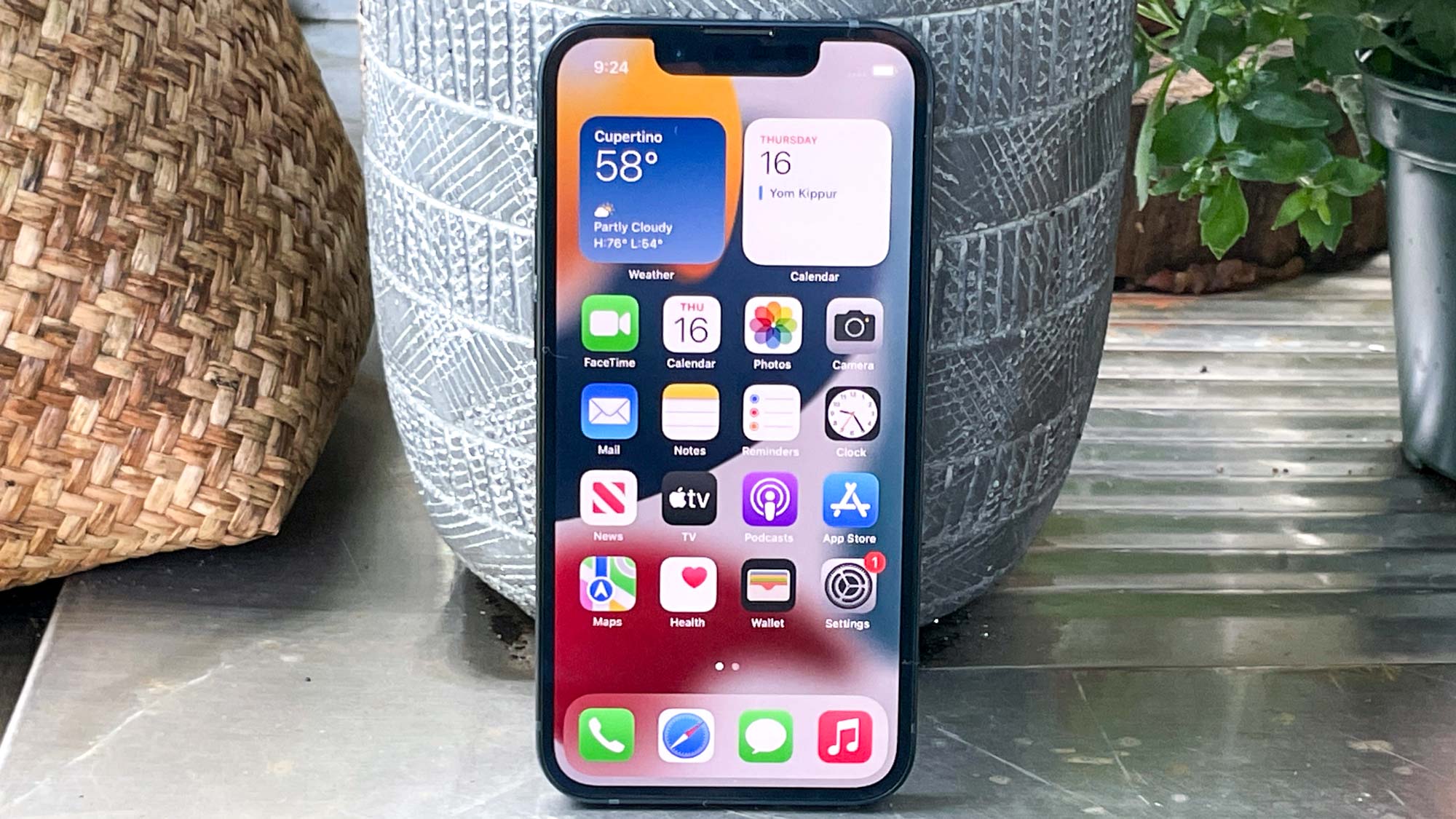
However, if you prefer smaller phones, the iPhone 13 mini is still a good option with its tiny 5.4-inch display, although Apple no longer sells that model itself. Something that compact may not be ideal for gaming or for long bouts of reading, but most people can easily use the mini with one hand.
We keep wishing Apple would go higher with the refresh rate for its basic iPhones, but both the iPhone 14 and iPhone 13 use 60Hz. That doesn't compare well to equivalent Android phones, but if you only care about iPhones, then there's no difference here.
iPhone 14 vs iPhone 13: Cameras
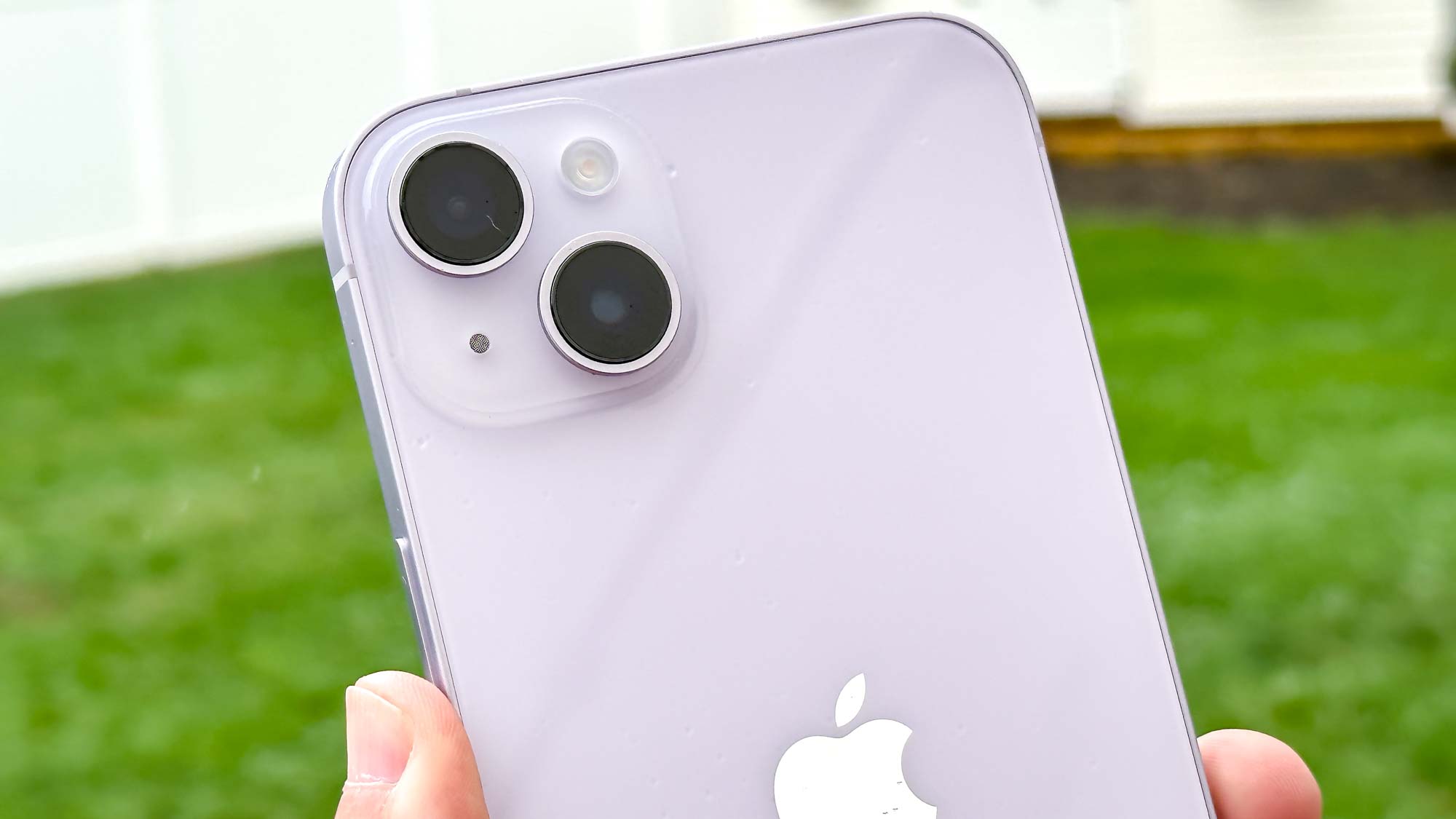
Some of the biggest upgrades included with the iPhone 14 involve its cameras. Like its predecessor, the new iPhone 14 models feature a pair of rear 12MP cameras — one a main lens, the other an ultrawide shooter. But this time, the iPhone 14's main sensor is much larger with bigger pixels (1.9 microns), and with a faster f/1.5 aperture and sensor-shift image stabilization.
All of this adds up to better photos and video, delivering better detail and less noise. Night mode is also improved with the exposure now twice as fast. The Photonic Engine feature helps improve low-light performance across all of the cameras. Indeed, all those changes helped the iPhone 14 land on our list of the best camera phones.
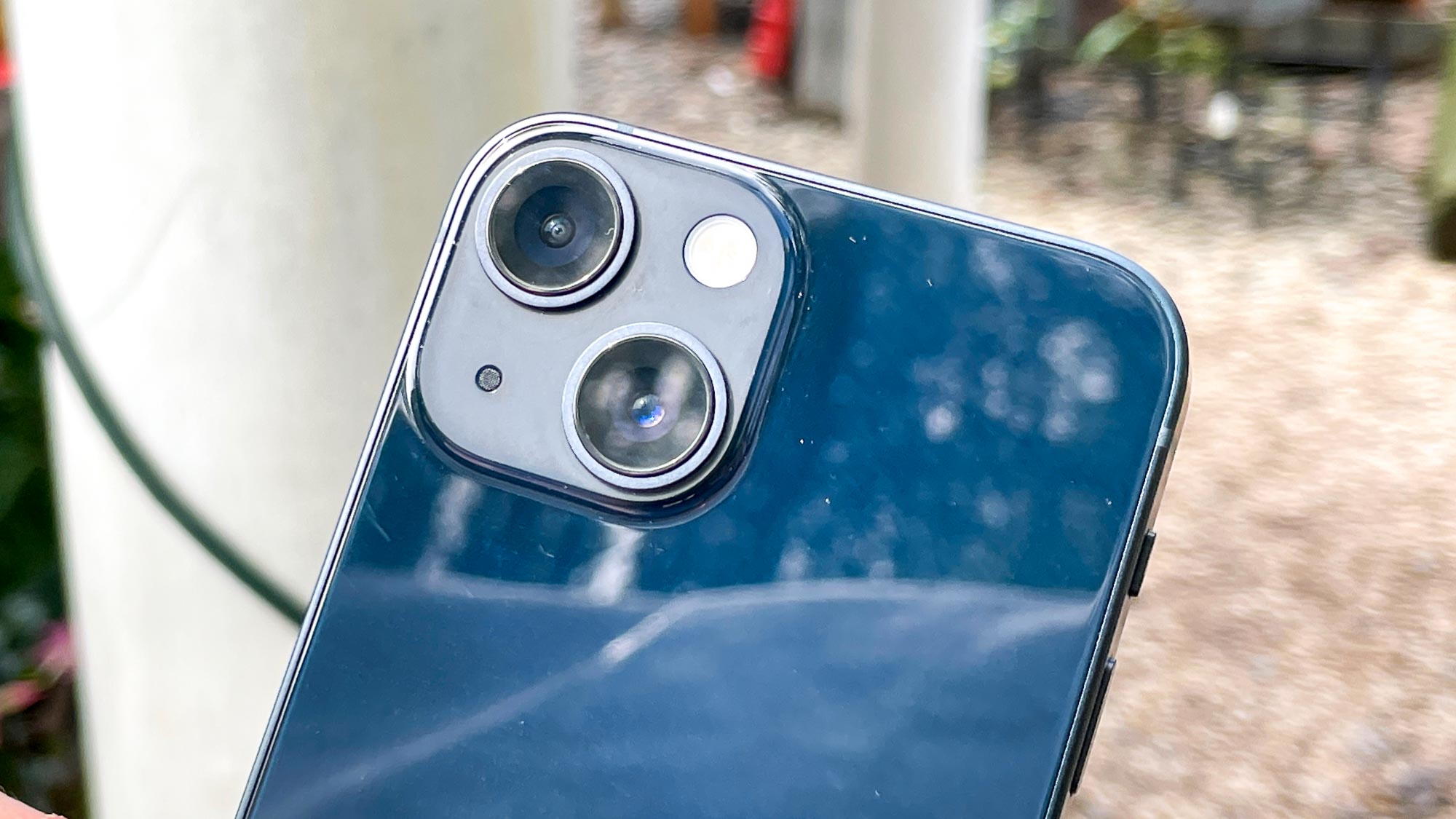
The front camera on the iPhone 14 has also changed. This new TrueDepth camera has an ƒ/1.9 aperture that is supposed to help in low light. In contrast, the iPhone 13 makes do with an f/2.2 aperture. And you get autofocus for the first time on a front iPhone camera with the iPhone 14 and iPhone 14 Plus.
In terms of video, Apple has introduced a new Action mode that is designed to add better stabilization to videos taken on the go on the iPhone 14. The feature is extremely impressive.
To see how different the cameras are, we conducted an iPhone 14 vs iPhone 13 camera face-off. Whatever differences exist in the quality of photos is pretty slight, with a few exceptions.
In this shot of a reindeer sculpture, for example, you might notice some difference in color and texture — the eyes in the iPhone 14 photo are more detailed, while the blue color is deeper in the iPhone 13's shot. The iPhone 14 photo is probably the more accurate of the two, but you wouldn't feel shortchanged by what the iPhone 13 produced.
Changes are a bit more noticeable in low light. This night shot features a more balanced skin tone in the iPhone 14 shot, though even the iPhone 13 was able to call out details in that sweater.
Overall, we think the iPhone 14 produces better photos than the iPhone 13. But the improvements are not significant enough to justify the $100 price difference all on their own.
iPhone 14 vs iPhone 13: Performance
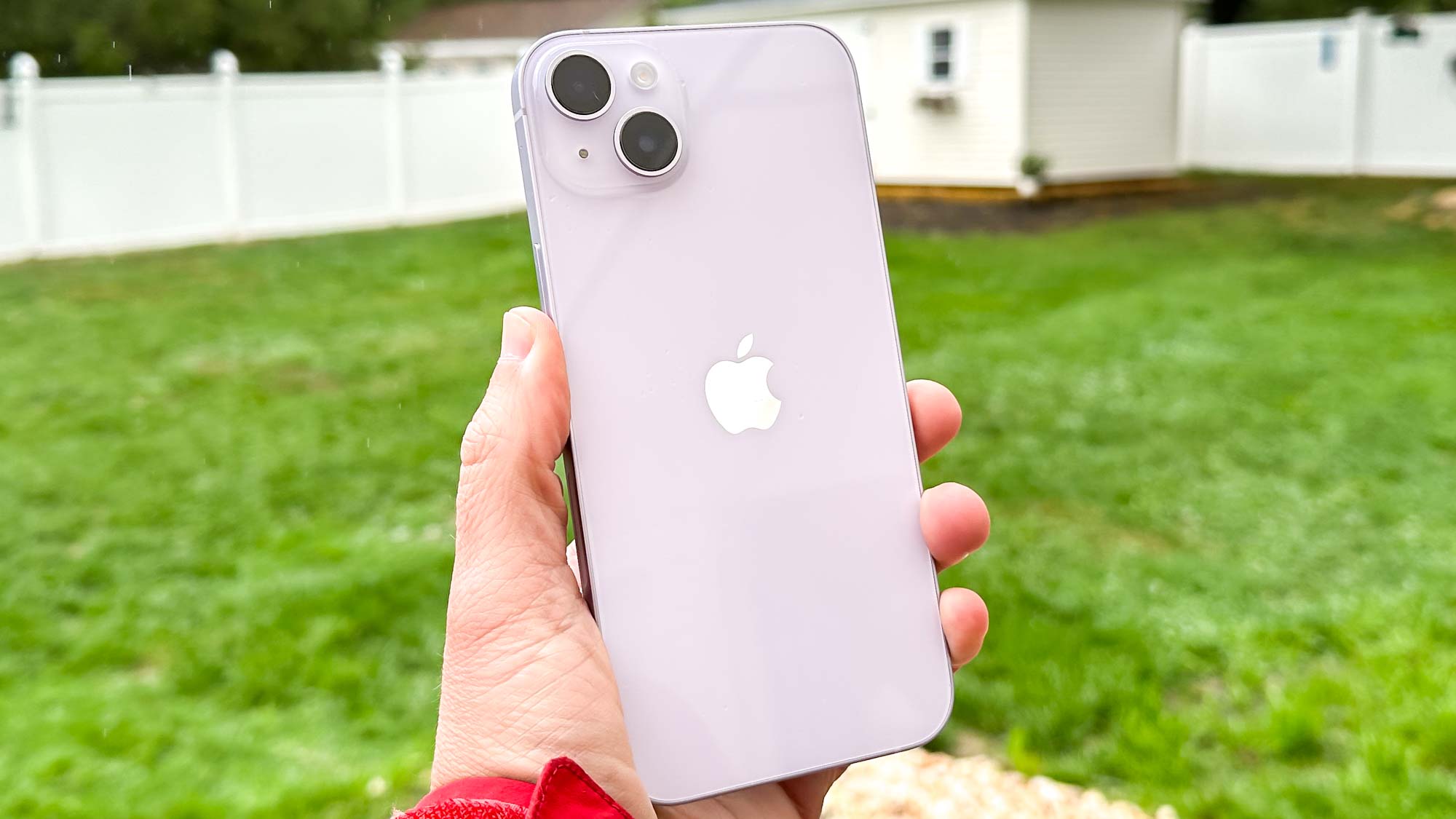
A new iPhone normally means new chipsets, but for the first time in the iPhone's history, this is not the case for the iPhone 14 and iPhone 14 Plus. Apple has stuck with the high-end A15 bionic that powered last year's iPhone lineup, though it's not the exact same silicon that the iPhone 13 used.
Instead, the A15 Bionic powering the iPhone 14 and iPhone 14 Plus is the same chip found in the iPhone 13 Pro. That means a 5-core GPU for boosted gaming performance compared to the iPhone 13 and its 4-core GPU.
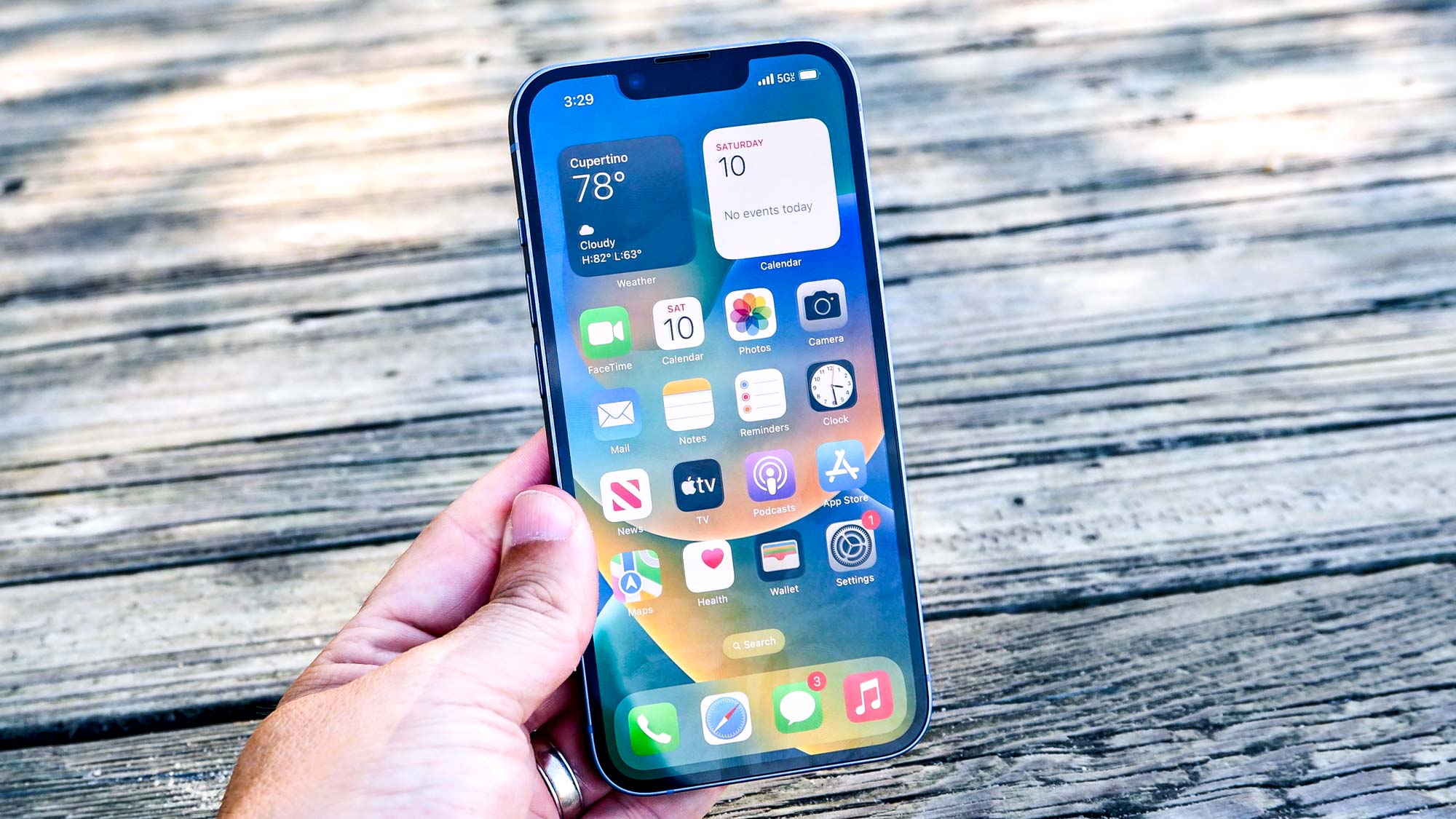
Our iPhone 14 vs iPhone 13 benchmarks show what that means for the new phones. The bottom line? You'll see a slight performance boost if you opt for the iPhone 14 over the iPhone 13, even if the older iPhone 13 somehow completed our video transcoding test faster than the newer iPhone 14.
iPhone 14 vs. iPhone 13: Battery life and charging
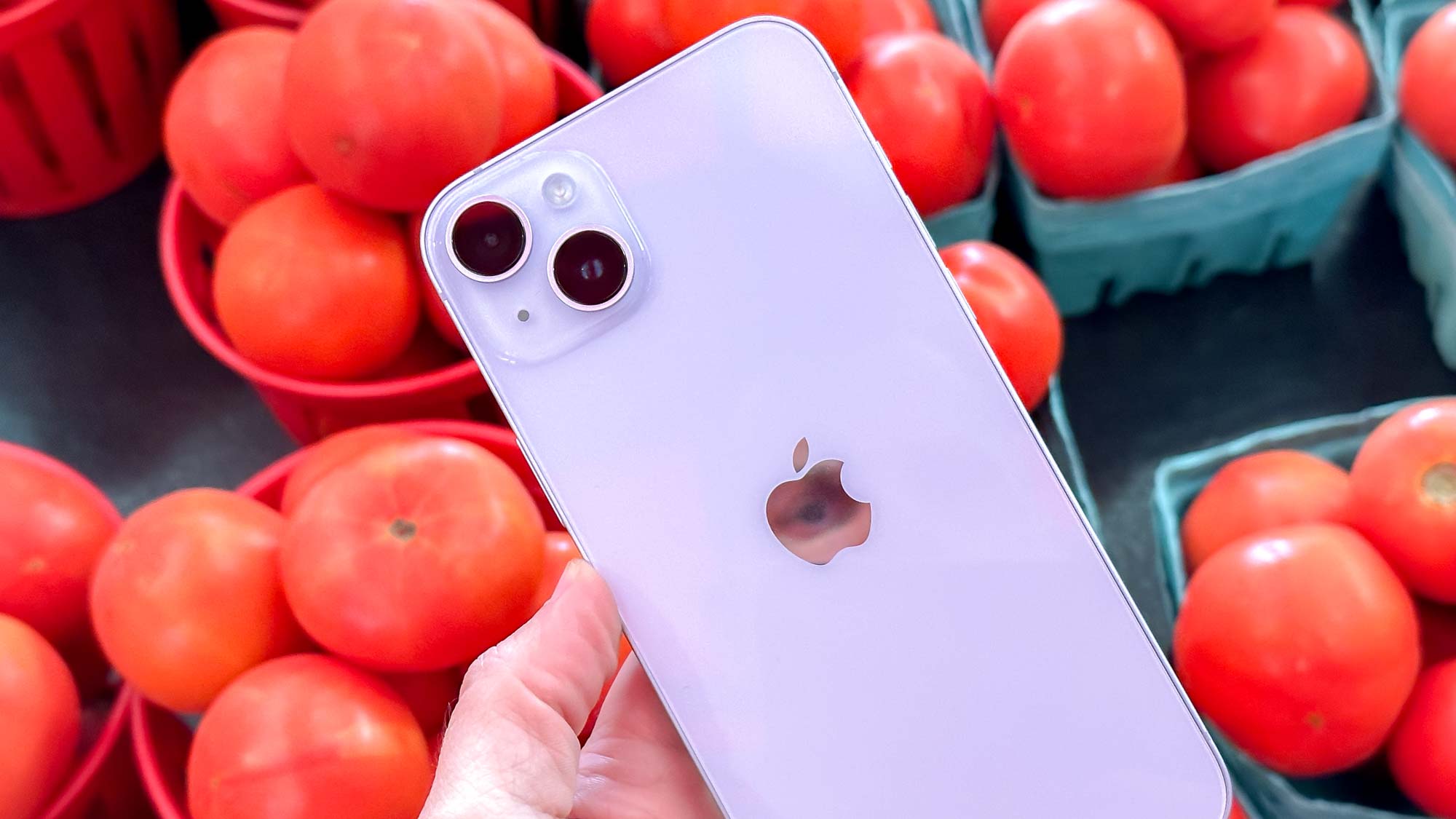
The iPhone 14 is rated for up to 20 hours of video playback, 16 hours of streamed video and 80 hours of audio. The iPhone 13 is rated for 19 hours, 15 hours and 75 hours, which means a boost to battery life — at least on paper.
Sadly, in our battery testing, where we have a phone surf the web continuously over cellular until it runs out of power, the iPhone 14 fared worse than its predecessor. While the iPhone 13 approached 10.5 hours when we tested that phone, the iPhone 14 could only manage 9 hours and 28 minutes — about half-an-hour behind the average for smartphones.
If you want a long-lasting phone, opt for the iPhone 14 Plus and its bigger battery. That 6.7-inch device held out for 11 hours and 57 minutes. The iPhone 13 mini meanwhile last 8 hours and 50 minutes, as you'd expect from the smaller-bodied phone.
All of the iPhone 14 and iPhone 13 models charge at a rather measly 20W. That's much slower than most of the Android competition. For example, the iPhone 14 took about half an hour to get back just half of its battery (54%). The iPhone 14 Plus? 46% in 30 minutes. The iPhone 13 and iPhone 13 mini aren't much different at 51% and 58% in 30 minutes, respectively.
iPhone 14 vs. iPhone 13: Safety features
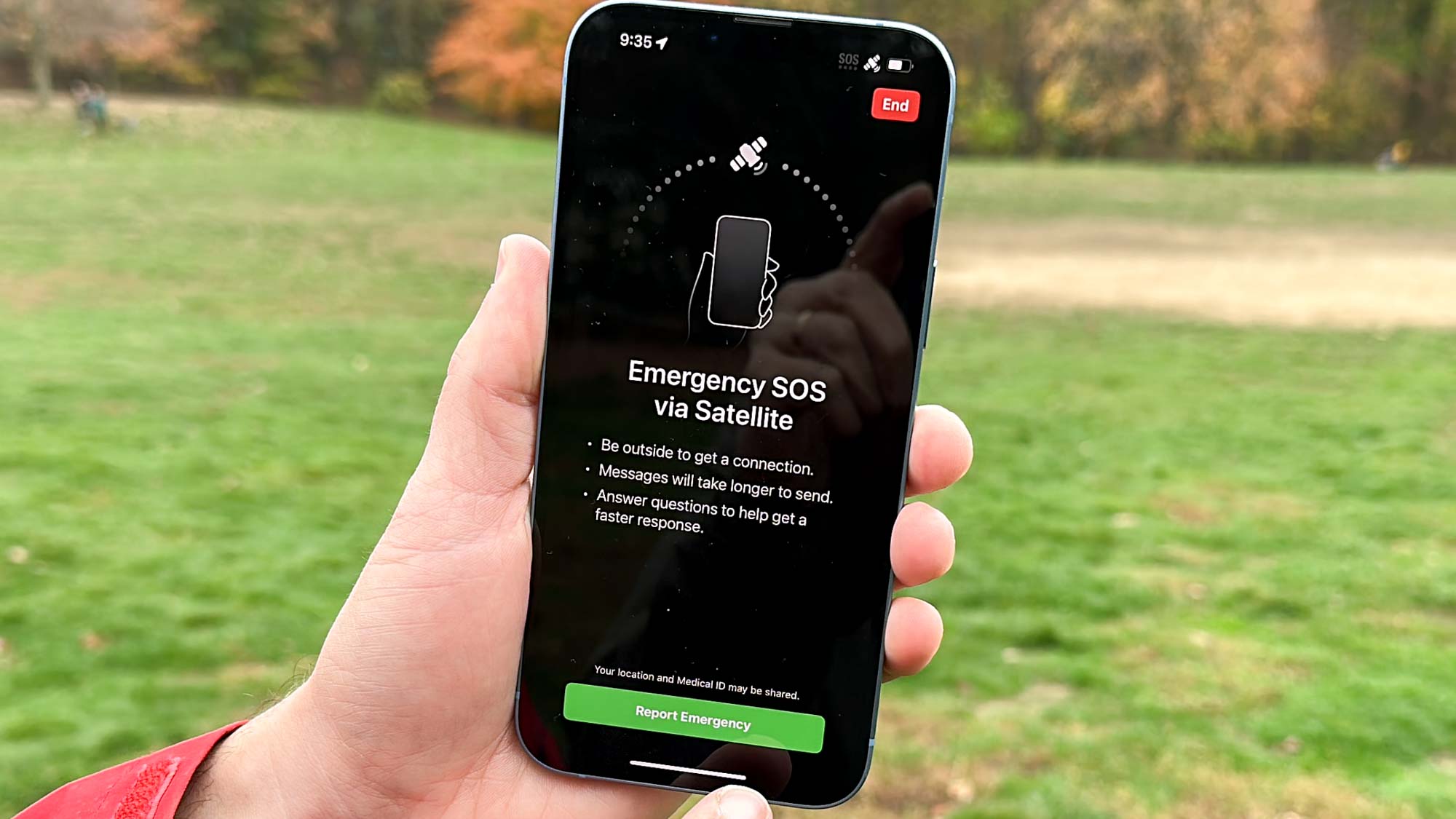
When it comes to safety features, Apple has brought some significant changes to the iPhone 14. This includes improving the phone’s thermal performance and a new Emergency SOS via satellite feature that will let you get help even when there is no cellular connection. Apple spent a lot of time highlighting this addition, as it could prove to be lifesaving in the worst of circumstances. The iPhone 13 will not get access to this.
Also new and exclusive to the iPhone 14 is Crash Detection. This is self-explanatory as the iPhone 14 can detect a car crash and call for emergency services. We think it's odd that Apple would exclude the iPhone 13 from such a useful safety feature, but the iPhone 13 still features the SOS mode when you hold down on the power button.
iPhone 14 vs. iPhone 13: Software
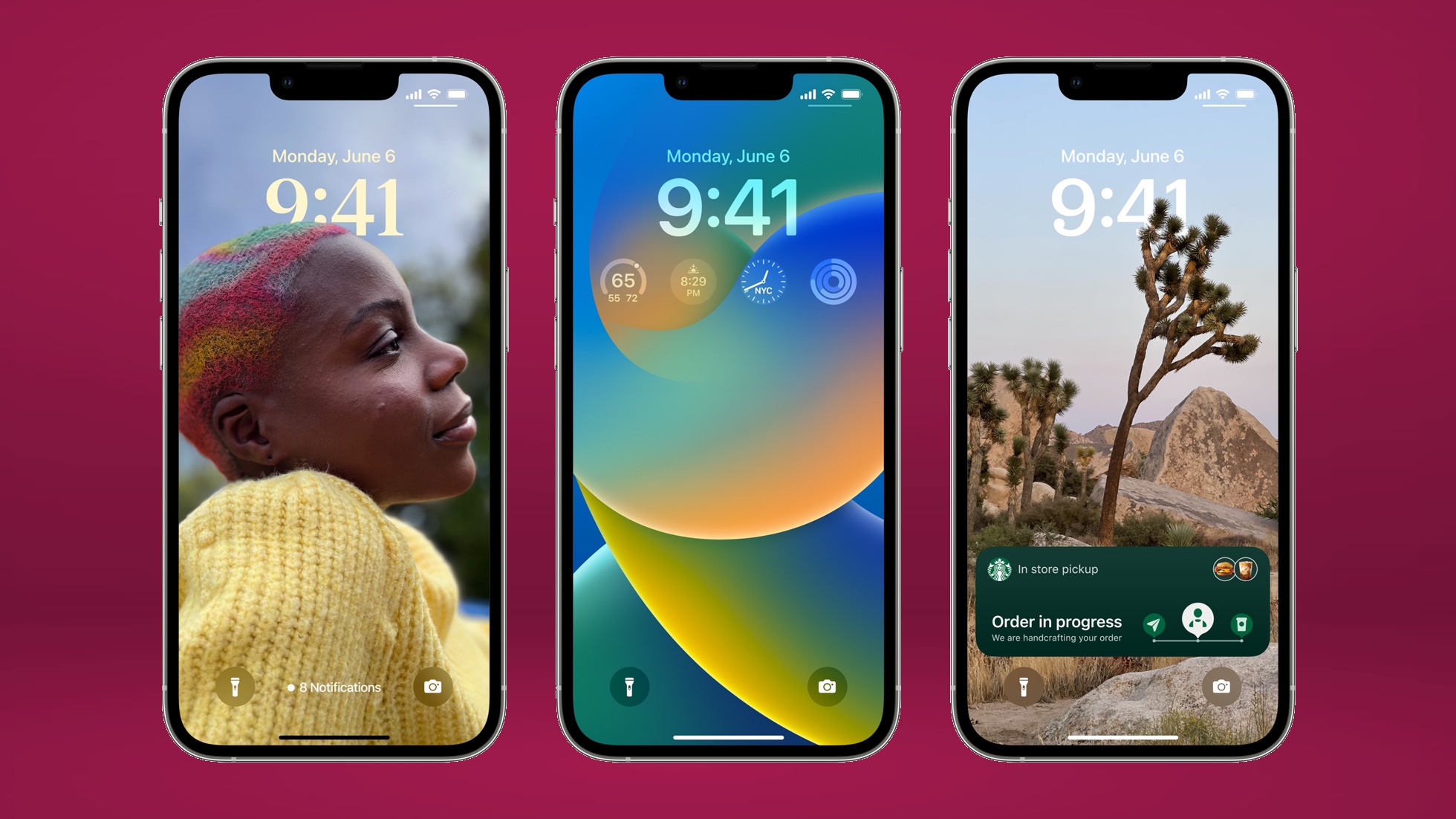
iOS 18, the 2024 update to the iPhone's software, can run on both the iPhone 14 and the iPhone 13. Neither gets Apple Intelligence sadly, but that still gives the phones new features like increased home screen and control center customization, a refreshed Photos app and new effects for Messages.
The iPhone 13 launched with iOS 15, and the iPhone 14 with iOS 16. The year between their launches likely means that the iPhone 14 will get one generation more of iOS than the iPhone 13 in the future, due to Apple's rough schedule of five years of updates for a given device.
Since they run essentially the same chipset, there aren't many discrepancies in general software between the iPhone 14 and iPhone 13. You get basically the same experience outside of the cameras.
iPhone 14 vs iPhone 13: Bottom line
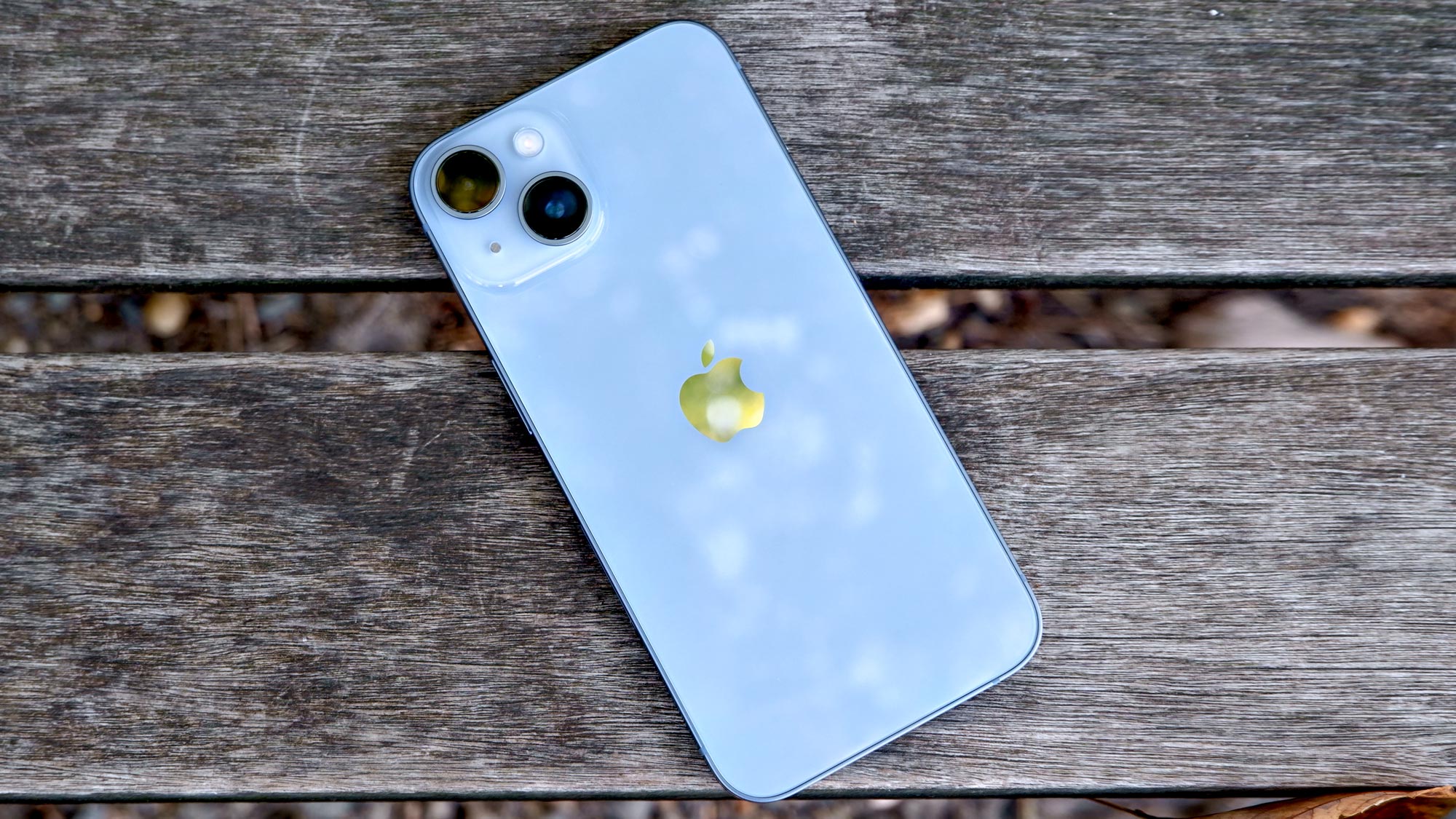
The iPhone 14 brings some big upgrades like SOS Emergency satellite connectivity, Crash Detection and improvements in low light photography. Even with those improvements, though, you'll still find many similarities to the iPhone 13. This includes the A15 Bionic chip, the display (with the exception of the larger iPhone 14 Plus model) and the overall design.
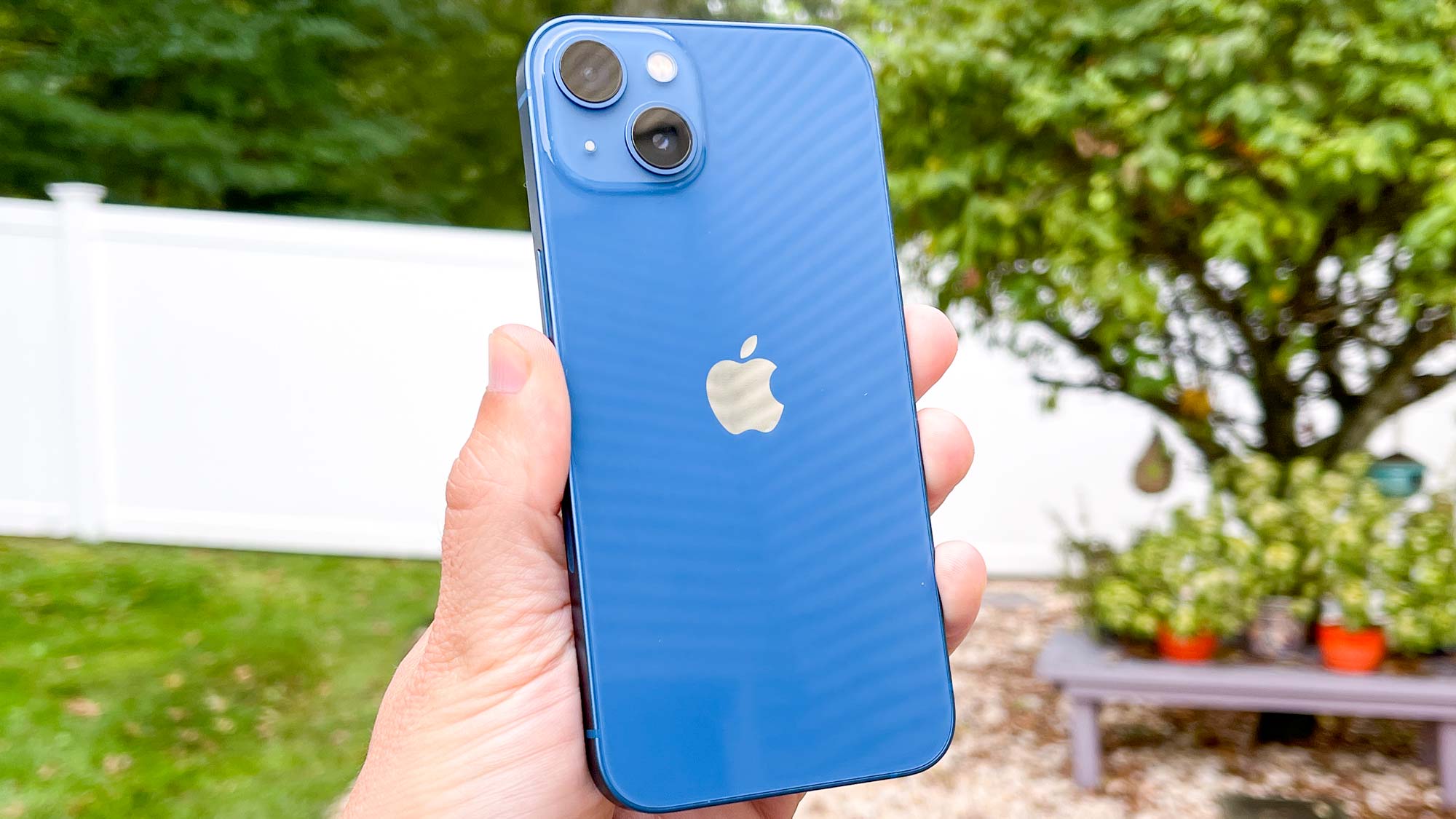
We like the iPhone 14 a lot, even though the iPhone 15 is now here. Upgrading to the iPhone 14 from an older phone, you'll notice some big improvements, but anyone reading this guide who already owns an iPhone 13 is advised to stay put. The changes aren't that large.
The question instead is: If you've got an eye on your budget, would the iPhone 13 be a better choice? Certainly, you'll give up some performance and camera gains that the iPhone 14 would deliver, and those Emergency SOS via satellite and Crash Detection features aren't coming to Apple's older phones.
So, yes, the new iPhone 14 is an excellent flagship, but the discounted iPhone 13 is still a great value buy.







